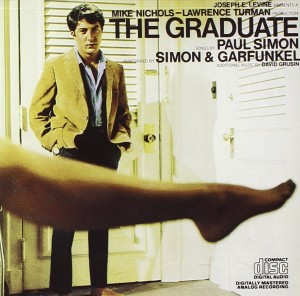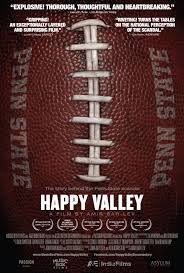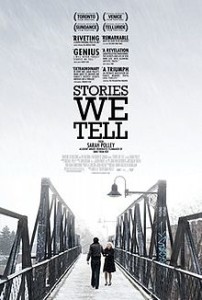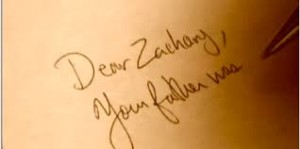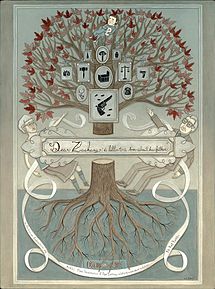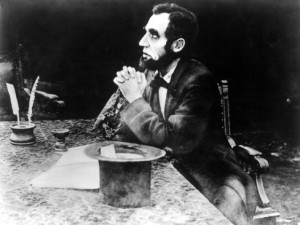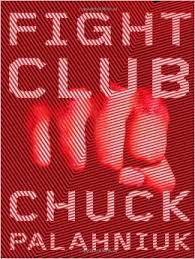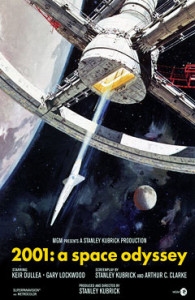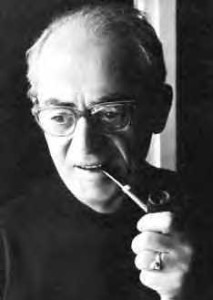One of the most iconic elements of The Graduate is the use of the Simon and Garfunkel soundtrack. It’s almost hard to ignore the ballads that play throughout the background of the film and the certain moods that they set. Director Mike Nichols claims that while showering every morning he would listen to Simon and Garfunkel’s album before going to work, and one morning it hit him that this is the album he would use for the film. How amazing that one of the most iconic movie soundtracks came about from singing in the shower!
The impact of using Simon and Garfunkel was far-reaching for both the band, the film, and the film industry. After The Graduate, Simon and Garfunkel were able to reach a much larger audience and opened them up to an older audience. The only song wrote by the duo solely for the film was Mrs. Robinson which turned out to be one of their most popular songs. In the case of the film, the soundtrack allowed deeper connection to be drawn to the emotions in the film. The themes of the music complemented the film’s themes of post-college dissatisfaction and rebellion. With the successful use of the soundtrack, the film was able to reach the status that it did and improved both Nichols and Hoffman’s careers.
The iconic use of Simon and Garfunkel’s music as the films soundtrack has been replicated throughout the film industry following the release of The Graduate. Perhaps even more successful than The Graduate, was Purple Rain‘s use of Prince’s music. The film is not renowned for its plot, but rather Prince’s creative expression of music that carries the film. Other examples of using a singular artist on a soundtrack is Daft Punk in Legacy, Kevin Shields in Lost in Translation, and Curtis Mayfield’s Superfly. Thus simply by listening to an album in the shower led Mike Nichols to make a decision that would have a lasting impact on film to this day.
Sources:
http://www.billboard.com/articles/news/6327146/rip-mike-nichols-the-graduate-soundtrack

